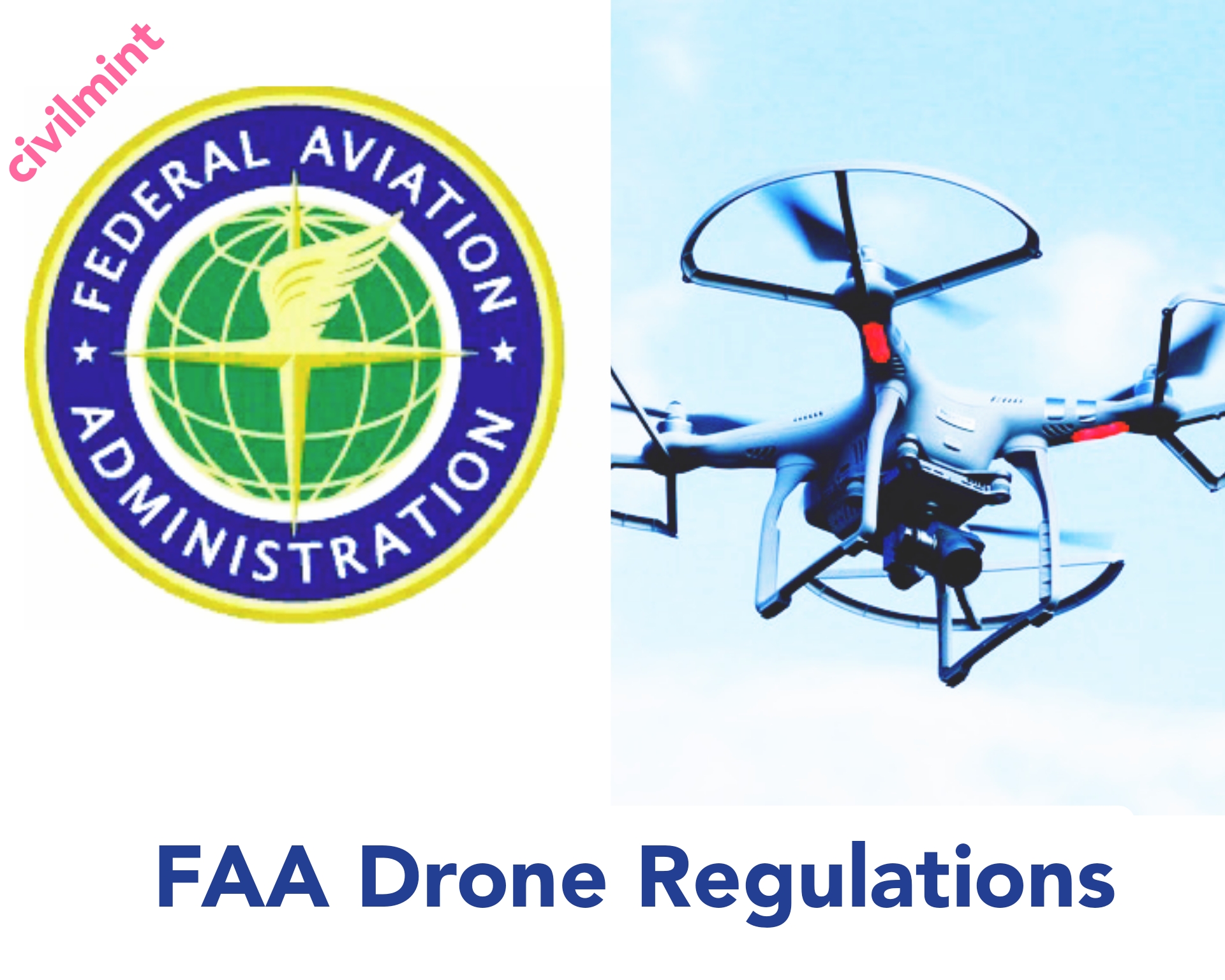Table of Contents
Introduction
The Federal Aviation Administration (FAA) is the governing body overseeing civil aviation in the United States, including the regulation of unmanned aerial vehicles, commonly known as drones. FAA drone regulations serve a crucial role in maintaining the safety of the national airspace and safeguarding people and property on the ground. It is imperative for drone operators to remain informed about these evolving rules and requirements.
Recreational Drone Regulations
Recreational drone flying entails specific guidelines to ensure safe operation:
1. Drone Weight Limit
Recreational drones must weigh less than 0.55 pounds (250 grams).
2. Visual Line of Sight
Operators must maintain visual contact with their drones during flight.
3. Avoid Overcrowded Areas
Drones should not be flown over people or moving vehicles.
4. Respect Restricted Airspace
Recreational drones must steer clear of restricted airspace.
In addition to these fundamental requirements, recreational drone pilots are encouraged to complete the FAA’s Recreational UAS Safety Test (TRUST), which covers essential drone safety principles. Some drone flying events may require TRUST certification.
Other regulations applicable to recreational drone pilots include:
- Drone Registration: All recreational drones must be registered with the FAA.
- Marking Requirements: Drones must be marked with their registration number for identification.
- Daytime Flying: Recreational drones should not be flown at night.
- Avoid Congested Areas: Drones should not operate in densely populated or congested areas.
- Manned Aircraft: Ensure drone flights do not interfere with manned aircraft operations.
Commercial Drone Regulations
Operating drones for commercial purposes requires obtaining a Remote Pilot Certificate (RPC) from the FAA. The RPC involves a knowledge-based test covering drone safety, airspace regulations, and operational procedures.
Once you hold an RPC, you can use drones for commercial purposes, but adherence to FAA commercial drone regulations is essential:
- Drone Registration: Commercial drones must be registered with the FAA.
- Marking Requirements: Drones must display their registration number for identification.
- Remote ID Rule: Drones must comply with the Remote ID rule, which mandates broadcasting location and identification information.
- Restricted Airspace: Avoid flying commercial drones in restricted airspace.
- Safe Operation: Always operate commercial drones safely and responsibly.
Additionally, specific regulations pertain to various aspects of commercial drone operations, such as:
- Proximity to Airports
- Flying Over People
- Cargo Transportation
- Photography and Videography
Remote ID
Effective from September 16, 2023, the Remote ID rule obligates drones to transmit their location and identification data. This measure enhances safety and aids authorities in addressing unlawful or hazardous drone use.
Drones can achieve compliance with Remote ID through:
1. Built-in Remote ID
Drones manufactured with built-in Remote ID capabilities will automatically broadcast required information.
2. Aftermarket Remote ID
Drones lacking built-in Remote ID can be equipped with an aftermarket Remote ID system. The FAA has approved various Remote ID systems, so operators should verify compatibility with their drone’s manufacturer.
Restricted Airspace
Certain areas within the national airspace system are off-limits for drone flying, including:
- Airports
- Military Bases
- National Parks
- Restricted Zones
Drone operators must consult the FAA’s DroneZone website to ascertain whether their desired flight area falls within restricted airspace.
Waivers and Authorizations
In specific cases, drone operators may need FAA waivers or authorizations to fly in restricted areas or conduct specialized operations. The process involves submitting an application to the FAA for consideration.
Fines and Penalties
Non-compliance with FAA drone regulations can result in fines and penalties. Drone operators should be aware of these potential consequences and strive to adhere to the regulations diligently.
You might also like: Types Of Drones
Conclusion
FAA drone regulations are intricate and continually evolving. Staying informed and complying with these rules is essential for drone operators to ensure the safe and responsible use of drones in the national airspace system.
- Article reference: Federal Aviation Administration (FAA)

